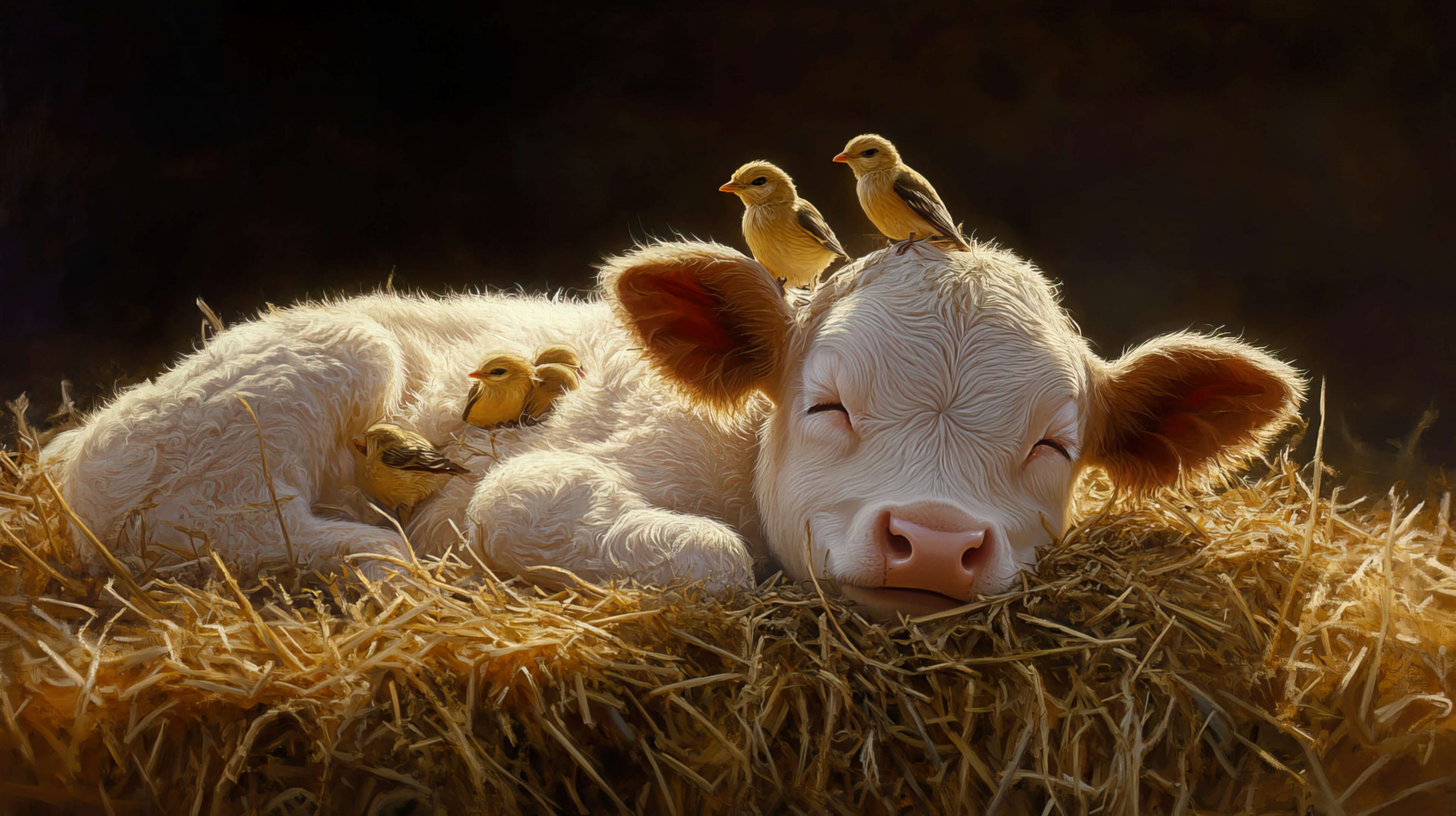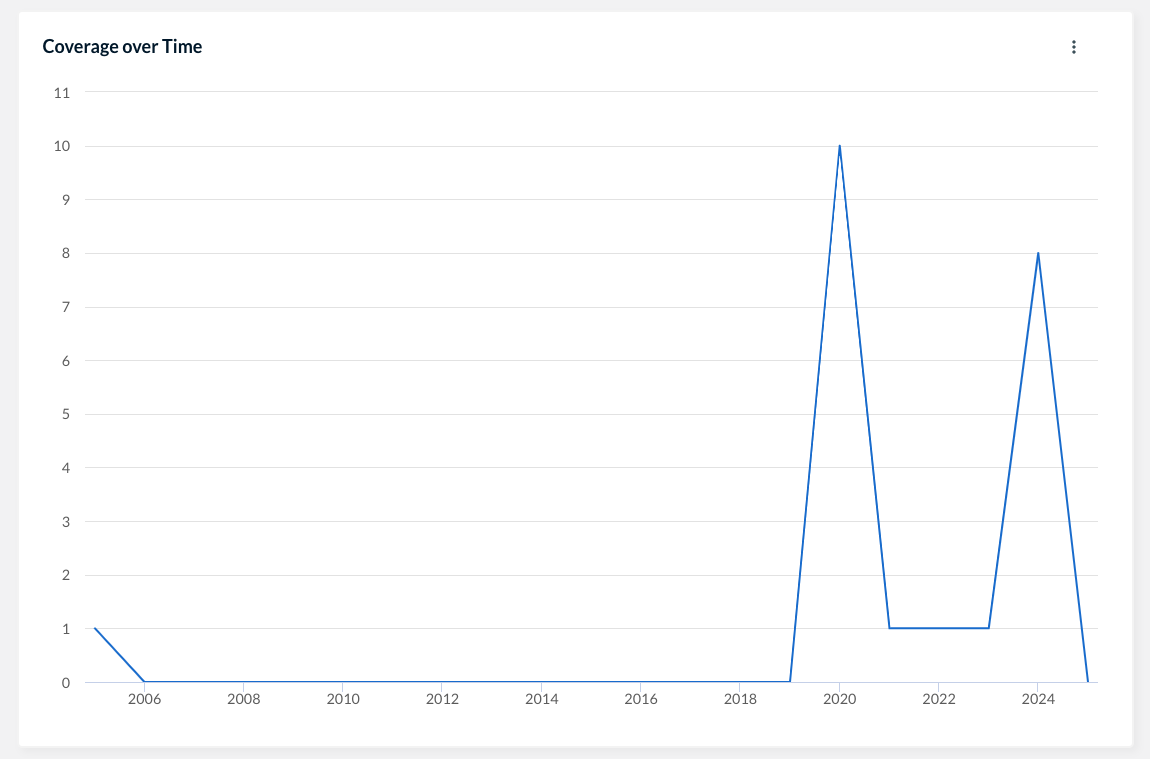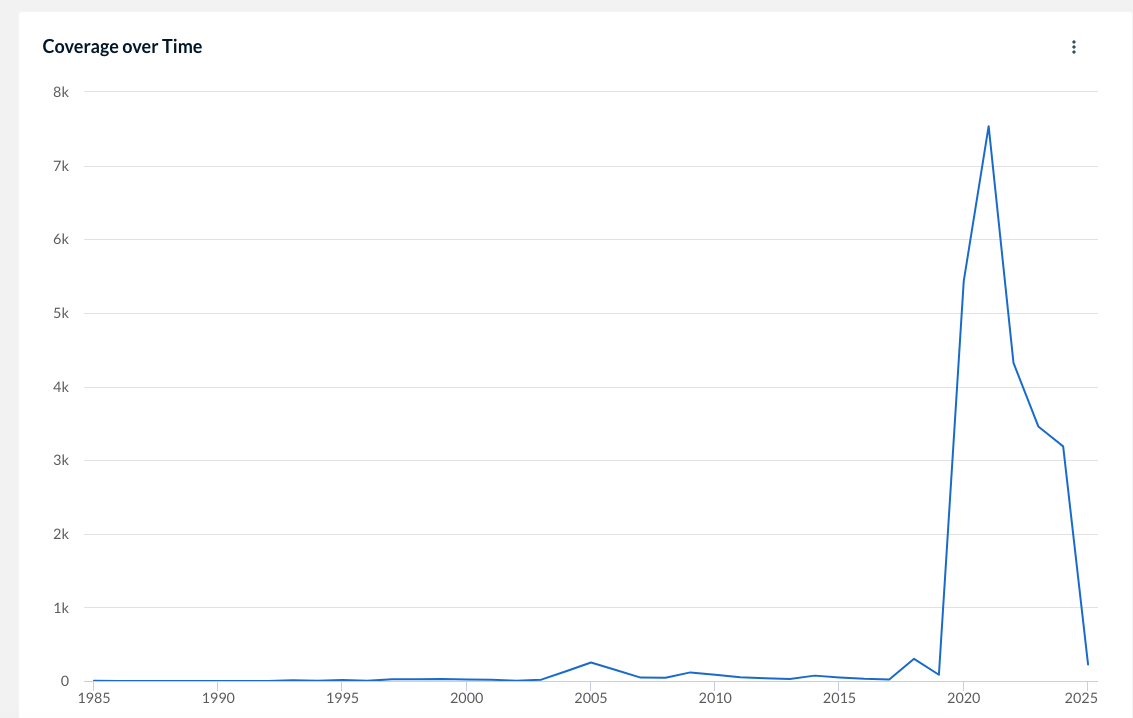
January 10, 2025, by Brigitte Nerlich
Another pandemic?
At the beginning of the new year, I was standing in the queue at Lidl when an acquaintance tapped me on the shoulder and asked: “Do you think there will be another pandemic?” “Hmmm, I said, what sort?” “Bird flu but in humans…”. That was on the day that the first death from bird flu in the US had been announced and when discussions around bird flu, cow flu and the potential for human to human transmission intensified.
The conversation in Lidl was a bit surreal, but it reminded me of conversations I had in 2005, when bird flu, or ‘the killer flu’, spread around the globe. Then too we had asked each other: “Will there be another pandemic?” And of course, that question was on everybody’s lips five years ago at the start of our very own coronavirus pandemic.
I began to muse about the phrase ‘another pandemic’, which made remember old pandemics and wonder about new ones. In this post I’ll first provide a list of pandemics that happened during my lifetime and might have left some traces on how we talk about ‘another pandemic’ or not. Then I look briefly at how newspapers have used the phrase in the last half century or so and what this might mean for dealing with ‘another pandemic’. I should stress that much more research is needed to see how the phrase was really used in newspapers and what this might mean in terms of emerging ‘social representations‘ around pandemics and ‘collective memory‘ and/or forgetting.
Remembering ‘another pandemic’
I did not live through the 1919-20 flu pandemic (influenza A, subtype H1N1), and its millions of deaths (17-100 million), an event that is always lurking in the background of our collective memory as a reference point when talking about ‘another pandemic’.
There was a smaller pandemic of influenza A, subtype H2N2, just after I was born, in 1957-58, but I don’t remember that. There was the Hong Kong flu (H3N2) in 1967/68, followed
by the Russian flu of 1977 (H1N1) which all passed me by. Starting in 1981, and I remember that well, the HIV/AIDS pandemic has so far killed 44 million people.
Then around the year 2000, when we set up the Institute for the Study of Genetics, Biorisks and Society, I became much more aware of epidemics that affected both animals and humans, from BSE or mad cow disease to foot and mouth disease. Then memories intensify with the outbreak of the severe acute respiratory virus SARS in humans in 2003/4 alongside a big outbreak of avian influenza (H5N1) which killed 455 humans, followed by swine flu in humans in 2009 (H1N1) (which recombined multiple viruses, including human H1N1, Asian swine flu, North American swine flu, and avian flu).
Ten years later SARS-CoV-2 (a coronavirus, causing a coronavirus disease that came to be known as Covid-19) arrived, with Zika and Ebola in between, and followed by Mpox. The Covid-19 pandemic swept the globe about 100 years after the ‘Spanish flu’ of 1918 and killed 7.1–36.5 million people. That death toll is not as high as that from HIV/AIDS, the Spanish flu or the Bubonic Plague, but still, it would be prudent not to repeat it in the future.
So, I have lived with or on the verge of ‘another pandemic’ almost all my life, which is quite a sobering thought.
Forgetting ‘another pandemic’
How did people talk about ‘another disease’ over time? That’s not easy to ascertain. As a proxy, I looked at the news database Nexis and searched for “another pandemic”. The first attestation in All English Language News was for 1985 with an article on flu outbreaks.
Nothing much happened after that until around 2005 when there was a little flurry of articles (252 articles), that is, during the bird flu outbreak affecting mainly birds, followed by another little flurry in 2009, during the swine flu outbreak affecting humans (117 articles). The phrase only took off ten years later, in 2019, reaching a peak of 7536 articles in 2021, at the hight of the Covid-19 pandemic (see graph below; by the way the graph for ‘next pandemic’ is almost identical based on slightly higher numbers).
To drill down into that coverage would take some time, as there are over 2500 articles in Major World Newspapers alone. To take a snapshot, I looked at how the weekly popular science magazine New Scientist used the phrase “another pandemic”. It published 22 articles between 2005 and now. The graph I got was quite interesting.
New Scientist first used the phrase in 2005, during H5N1 bird flu times (once), then again in 2019 at the onset of Covid, with a peak of 10 articles in 2020. More interestingly an almost identical peak can be seen in 2024 with 8 articles. Not all of them deal directly with the emerging bird/cow/human flu threat posed by H5N1, but most refer to it.
The last article, published on 25 December 2024, was the most detailed with interesting quotes from Mark Woolhouse and Aris Katzourakis, two eminent virologists, worried about preparedness and the deluge of misinformation and mistrust in science and vaccines that is coming our way and may hinder pandemic preparedness.
It always astounds me that after so many pandemics, and having just lived through a big one, we are not prepared, we are not learning any lessons; in fact, learning lessons is seen as sort of ‘woke’. Our collective memory seems to be one of collective forgetting. We live in strange times.
‘Setting the stage for another pandemic’
While I was sitting there musing about ‘another pandemic’, an article, worth reading, appeared in my Bluesky timeline, where observers, like Helen Branswell, Kai Kupferschmidt, and Angela Rasmussen, have been increasingly worried about the state of affairs in the US. This article, by Amy Maxmen, is entitled “How America lost control of the bird flu, setting the stage for another pandemic”.
One sentence about how farmers deal with masses of sick cows really struck me “’It was like watching a field hospital on an active battlefront treating hundreds of wounded soldiers,’ he said.” This refers to cows of course, not humans, but it makes you think. Over 900 herds in 16 states, but mostly in California, have been infected over the last year or so. And, of course, one more sentence in this article makes you really sit up and listen; “Just a few mutations could allow the bird flu to spread between people.”
I really wonder whether we are on the verge of ‘another pandemic’ in the context of the five-year anniversary of the beginning of ‘another pandemic’. As Aris Katzourakis says: “It’s not inevitable, but the likelihood is sufficiently different to zero to worry me”.
Image: A wallpaper capturing a young calf resting on a cozy pile of hay adorned with small birds settled on its back
No comments yet, fill out a comment to be the first


Leave a Reply